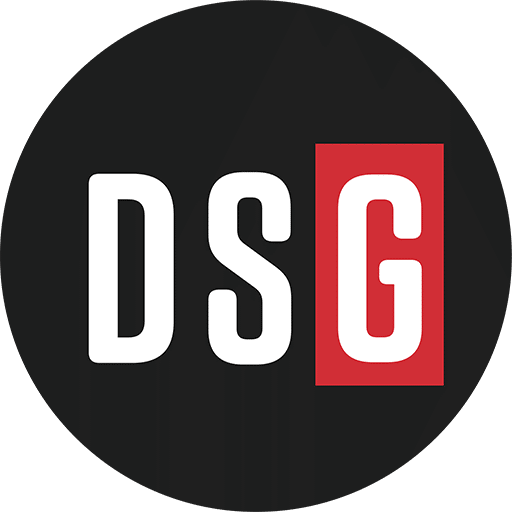U.S. manufacturing contracted for a seventh straight month in September as tariffs, weak demand and persistent cost pressures weighed on factories, even as the broader economy kept expanding, according to the latest survey from the Institute for Supply Management.
The Manufacturing PMI registered 49.1%, up slightly from 48.7% in August but still below the 50% threshold that separates growth from contraction. “U.S. manufacturing activity contracted at a slightly slower rate, with production growth the biggest factor in the 0.4-point gain,” said Susan Spence, chair of ISM’s Manufacturing Business Survey Committee. “However, declines in new orders and inventories more than offset that strength, leaving the sector under pressure.” ISM noted the overall economy continued to grow for the 65th consecutive month since a brief downturn in April 2020 and estimated the September PMI corresponds to a 1.9% annualized increase in real GDP.
The composition of the index underscored a fragile demand picture. New orders fell back into contraction at 48.9% after briefly expanding in August; none of the six largest industries reported growth in orders. Export demand deteriorated further, with the New Export Orders Index dropping to 43.0%, the weakest in seven months, as respondents cited tariff-related frictions and uncertainty over U.S. policy. Production provided the month’s only clear positive, rebounding to 51.0% from 47.8% as earlier order gains flowed through to output, though ISM warned the improvement may not be sustainable given fresh weakness in bookings.
Employment remained a drag. The employment index rose to 45.3% from 43.8% but still signaled widespread job cuts, marking the eighth consecutive month of contraction in factory payrolls and the 34th such month in the past 41. “For every comment on hiring, there were three on reducing head counts,” Spence said, adding that layoffs and unfilled vacancies remain the dominant strategies as manufacturers brace for uncertain near-term demand.
Prices stayed elevated despite the slowdown. ISM’s Prices Index registered 61.9%—the 12th straight month of increases—driven by steel and aluminum and compounded by tariff costs rippling through supply chains. While the pace of increase eased from August, respondents continued to report higher input costs across machinery, electronics, transportation equipment, and chemicals. Inventories slipped to 47.7%, indicating continued destocking, while customers’ inventories were judged “too low,” a pattern that can presage restocking but, in this case, is being restrained by policy and price uncertainty. Supplier deliveries slowed modestly, with that subindex at 52.6%, hinting at pockets of tightness after a period of faster throughput.
Industry performance was uneven. Of the six largest manufacturing industries, only petroleum and coal products expanded in September. Smaller gains appeared in primary metals, textile mills, fabricated metal products, and miscellaneous manufacturing. Eleven industries, led by wood products, apparel, plastics and rubber, paper, chemicals, machinery, electronics, and transportation equipment, reported contraction. Executive commentary pointed repeatedly to policy headwinds. A transportation equipment respondent described “stagflation” conditions with capital projects on hold. Chemical producers cited weak Europe demand and tariff complications at borders. Electronics manufacturers warned that high duties on components from Asia and Europe are squeezing margins. Several noted rising MRO costs and slower agriculture activity, while another summed up the mood more bluntly: “Steel tariffs are killing us.”
Backlogs remained under pressure, with the Backlog of Orders Index at 46.2%, marking a 36th consecutive month of contraction after a 27-month expansion ended in September 2022. Imports contracted for the sixth month to 44.7% as buyers steered away from tariff-heavy inputs. ISM estimated that 67% of manufacturing’s contribution to GDP was in contraction during September, down slightly from 69% in August, but the share in “strong contraction” (PMI of 45% or lower) jumped to 28% from 4%, underscoring the breadth of stress beneath the headline.
The near-term outlook remains cautious. Spence said September’s improvement “is negligible,” noting that the combined decline in new orders and inventories exceeded the rise in production. With tariffs widening in scope, including new derivative steel and aluminum duties introduced during the month, manufacturers face a stubborn combination of higher costs and hesitant customers at home and abroad. Unless order growth returns and policy uncertainties ease, the sector is likely to remain in contraction through the end of the year despite isolated gains in output.
Don’t miss any content from Distribution Strategy Group. Join our list.


